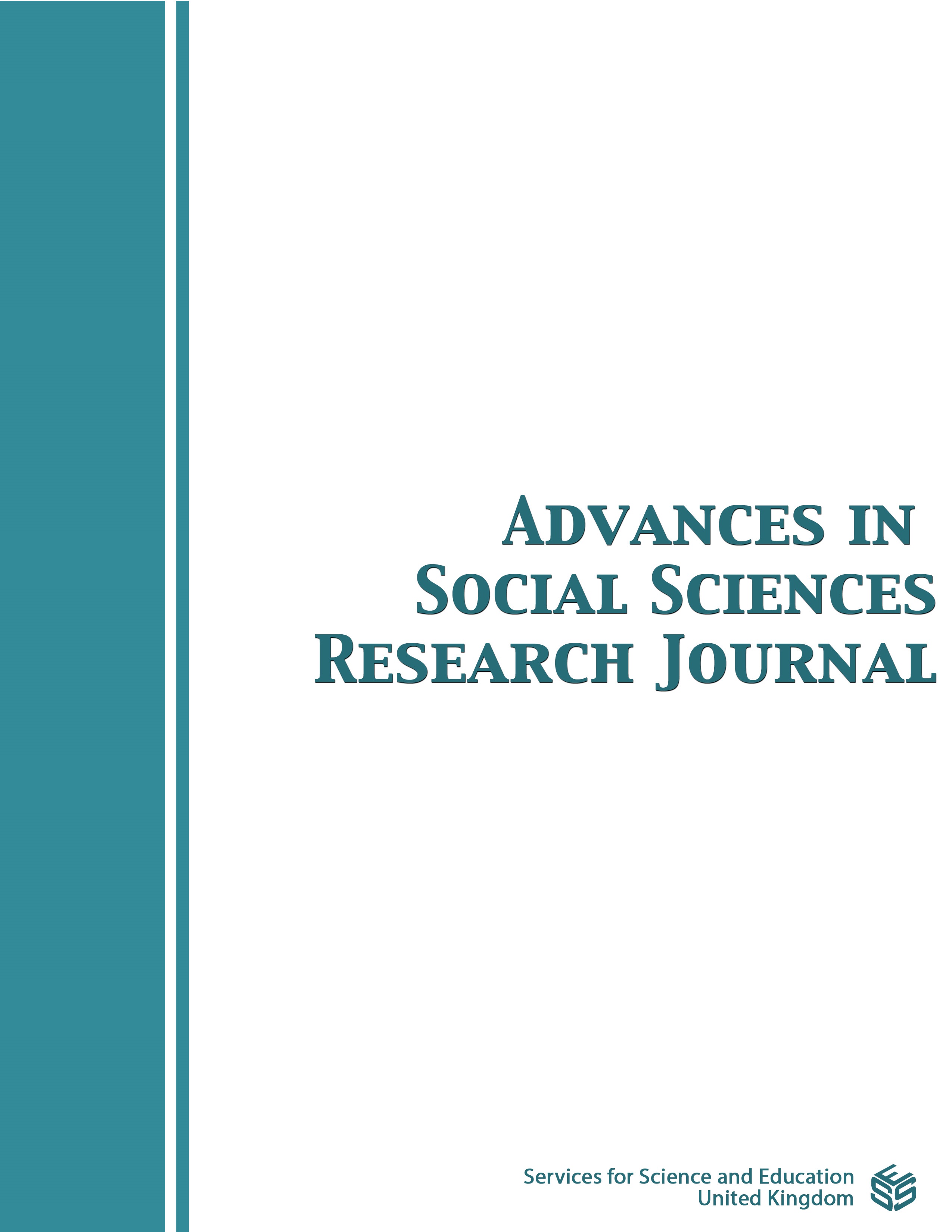The Implications of Child Trafficking on Society, A Case Study of Westland Sub-County Kenya
DOI:
https://doi.org/10.14738/assrj.106.13849Keywords:
Child trafficking, Prevalence, Interlocking Impacts on SocietyAbstract
This paper uses data collected for an MA Thesis on the implications of child trafficking on society, a case study of Westland Sub-County, Kenya. The study has been motivated by increased cases of child trafficking in Kenya, especially within Kitsuru, though with little research activity in this area. The study was guided by the following research objectives; to determine the prevalence of child trafficking cases, to establish factors responsible for child trafficking to examine the effects of child trafficking on victims and finally to assess impact of child trafficking in Westland-Sub-County, Kenya. This study was grounded by Bronfenbrenner’s (1994) Ecological Systems Theory. The study used mixed method design and a purposive sampling design model. The main method of data collection was the interview. In addition, FGDs were used to collect data from the victim respondents. The sample size comprised of 50 respondents that included; DCI Officers, Employees from; HAART Kenya, Kabete Remand Home, Children Department and Parents of Trafficked children. Data was coded and analyzed using NVIVO software, computer software for managing qualitative and quantitative data. The first objective established prevalence average, of about 11 children that are trafficked every month in Westland’s Sub County. The study further established frequent information tips of 10s of children being clandestinely trafficked outside the country though without arrests, indication a possibility of very intricate web of organized informers for child traffickers. The second objective established the factors responsible for child trafficking in Westland Sub-County, Kenya. These included; high demand for women in sex trafficking (60%), economic hardship (90%), demand for cheap domestic and agricultural labour (80%) poverty(100%), and demand from human organ harvesting sector(50%).In all this the underlying factor is the temptation of poverty. The third objective established the effects of child trafficking on Victims in Westland Sub-County, Kenya from both the perspectives of adult respondents and from the victim respondents. These include; Low self-esteem and self-worth, inability to trust and build meaningful relationships in later life, substance misuse, and post-traumatic stress disorder all rated at 90%, fear, anger and hostility, sexualized behaviour, pseudo maturity and self-harm all rated at 80 percent. The fourth objective established the impact of child trafficking in Westland’s Sub-County, Kenya; educational impacts, economic impacts, health impacts, societal impacts and national security impacts that are likely to ground the country’s economy, trap families and communities into cycles of poverty amongst other impacts. Amongst other major recommendations, the government should first treat as a national disaster and hand it as such.
Downloads
Published
How to Cite
Issue
Section
License
Copyright (c) 2023 Daniel Kamau Njama, Erick Bor, Panuel Mwaeke

This work is licensed under a Creative Commons Attribution 4.0 International License.
Authors wishing to include figures, tables, or text passages that have already been published elsewhere are required to obtain permission from the copyright owner(s) for both the print and online format and to include evidence that such permission has been granted when submitting their papers. Any material received without such evidence will be assumed to originate from the authors.






